Best sales letter template
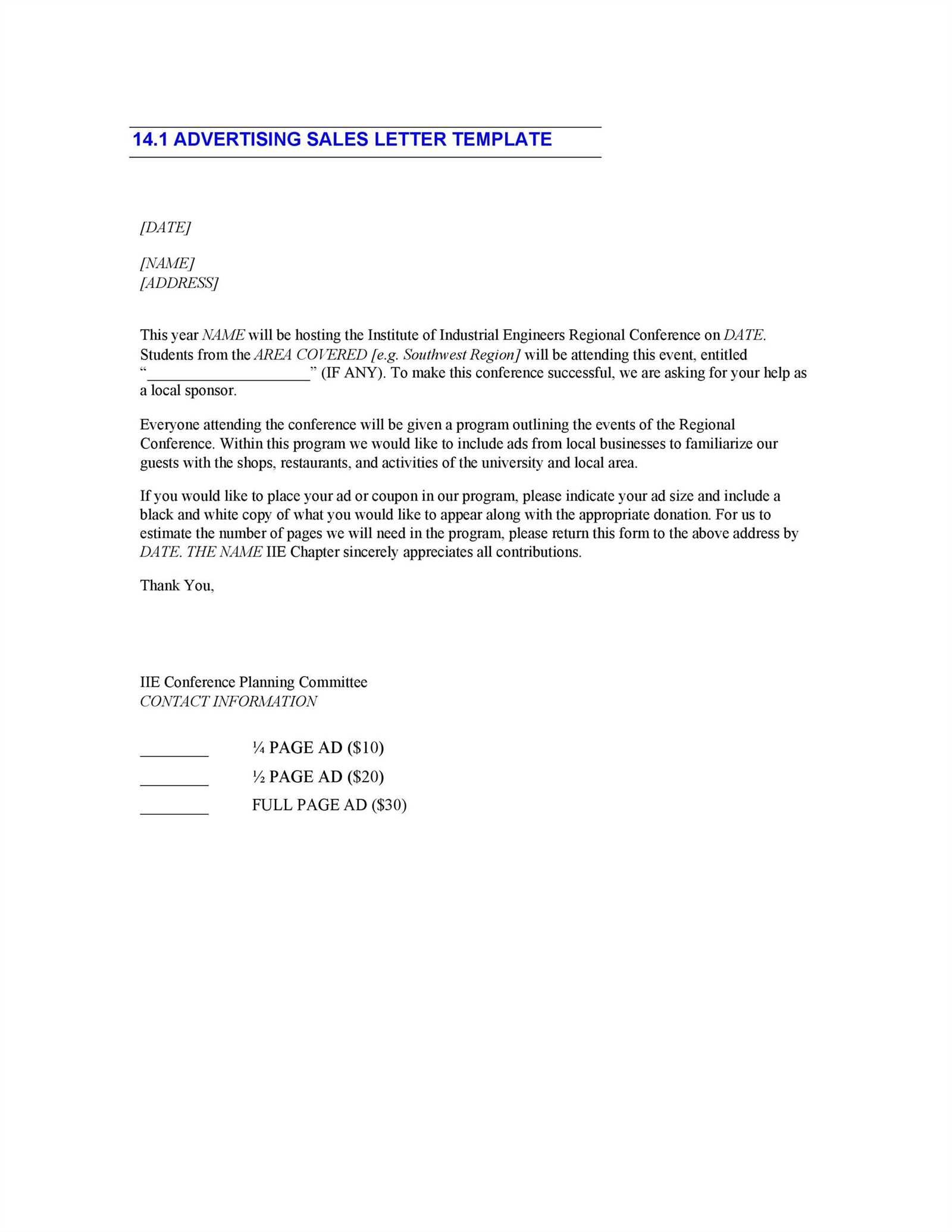
Craft a Direct, Impactful Message
Start with a clear statement of what you’re offering. Be concise and get straight to the point. Your goal is to grab attention without wasting time. Focus on the customer’s needs and show them how your product or service addresses those needs. No fluff, just benefits.
Opening with Impact
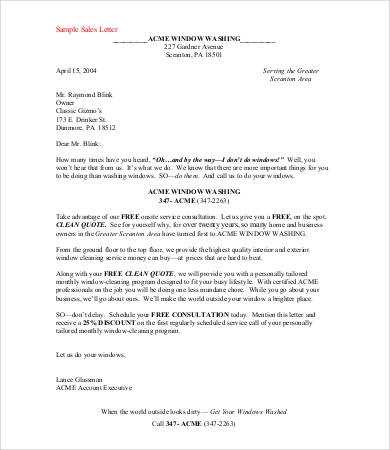
Begin with a question or statement that resonates with your audience. Address a specific problem they might face or a desire they want to fulfill. This should immediately spark their interest.
Example: “Struggling with long hours of work and no time for family? Our time-management app lets you balance both effortlessly.”
Present the Solution
After the hook, present the solution you’re offering. Be clear and specific. Highlight how your product can solve the problem you mentioned in the opening. Keep it simple–too many details will only confuse the reader.
Example: “Our app integrates your calendar with tasks, sets reminders, and syncs across devices. It’s designed to make your day run smoother.”
Proof and Trust Signals
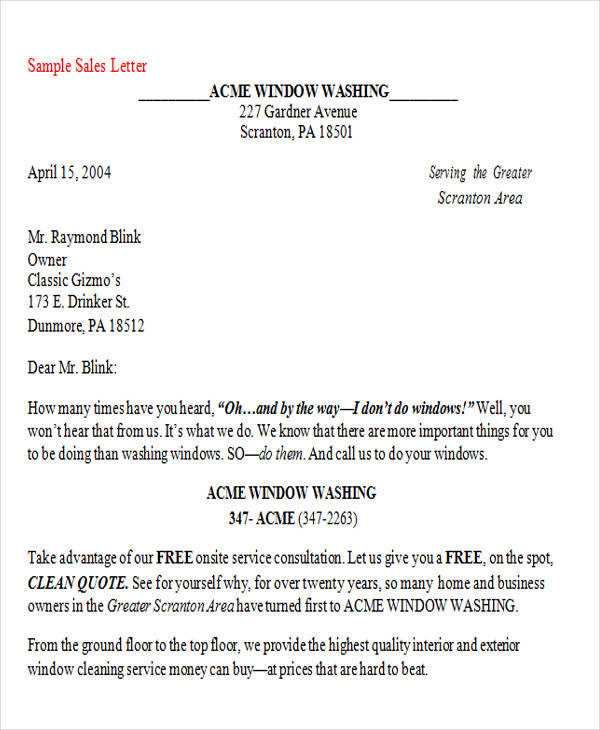
Don’t just tell your reader about the benefits. Provide real evidence that your solution works. Include testimonials, data, or case studies to show that others have already experienced success with your product. Make it relatable and believable.
- Testimonial: “I saved 10 hours a week after using this app for just a month!” – Sarah, Small Business Owner
- Case Study: “After using the app, our client retention rate increased by 25%.” – Tech Solutions Company
Call to Action (CTA)
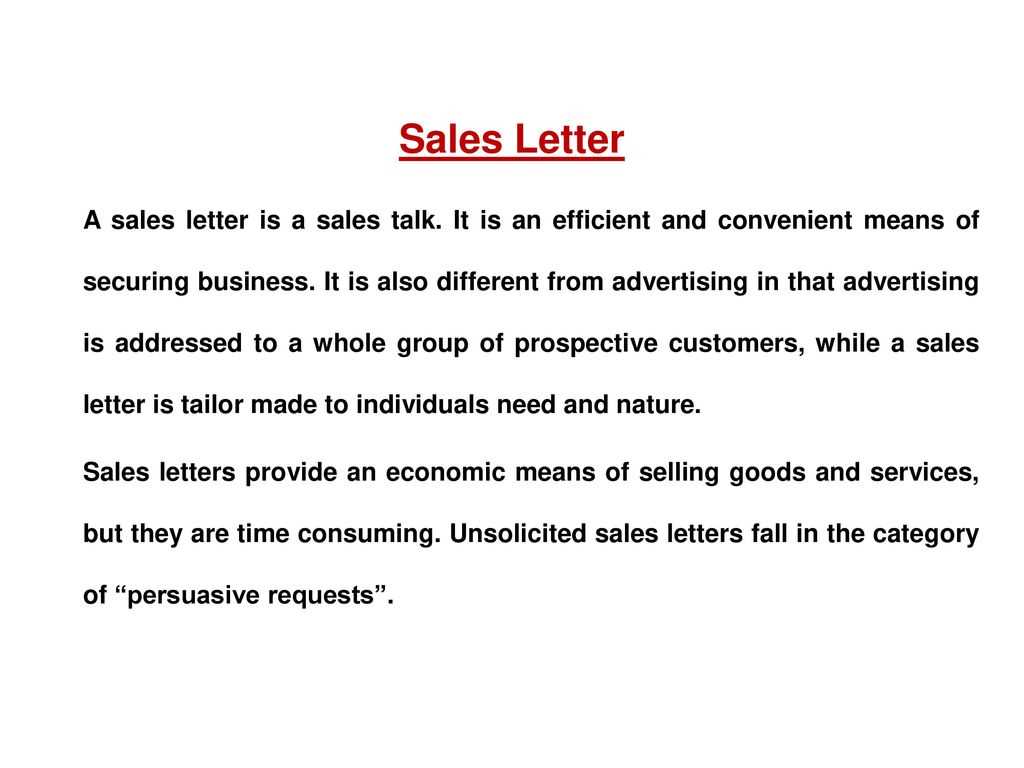
End with a clear and direct CTA. Make it easy for the reader to take the next step. Whether it’s scheduling a demo, signing up for a free trial, or making a purchase, make the process seamless and simple.
Example: “Start your free trial now and see how we can help you manage your time better. Click here to get started!”
Key Points to Remember
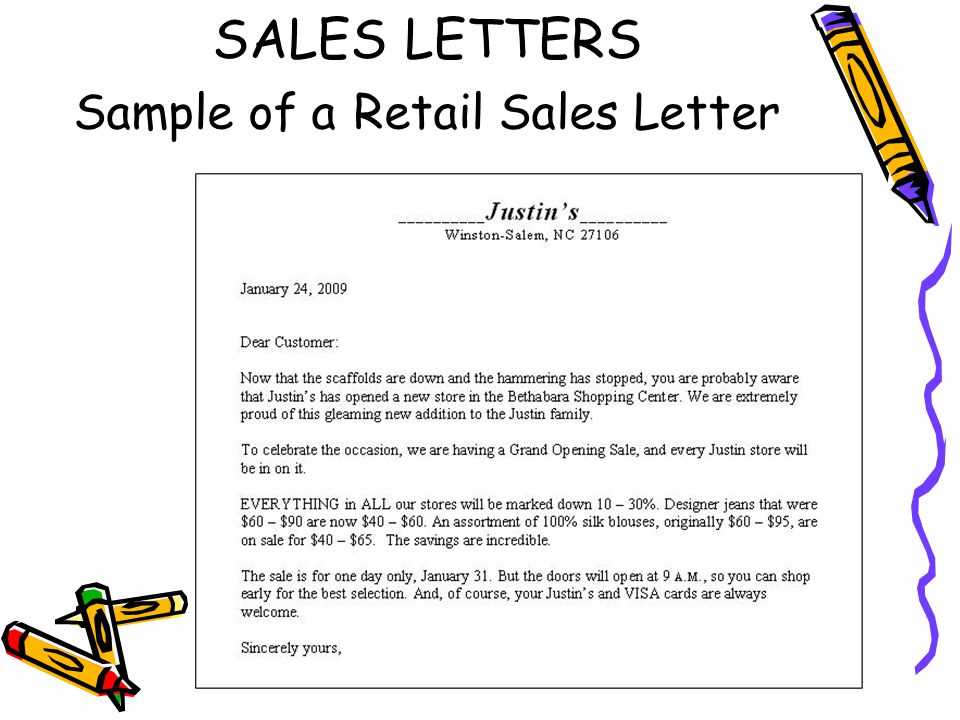
- Focus on the customer’s needs, not your product.
- Be concise and clear in your messaging.
- Back up claims with proof to build trust.
- End with a strong and clear call to action.
Best Sales Letter Template
How to Begin a Sales Letter with Maximum Impact
Crafting an Irresistible Offer That Converts
Establishing Trust: Building Credibility in Your Letter
Mastering the Call-to-Action for Higher Response Rates
Selecting the Right Tone and Language for Your Audience
Final Steps: Proofreading and Testing Your Sales Letter
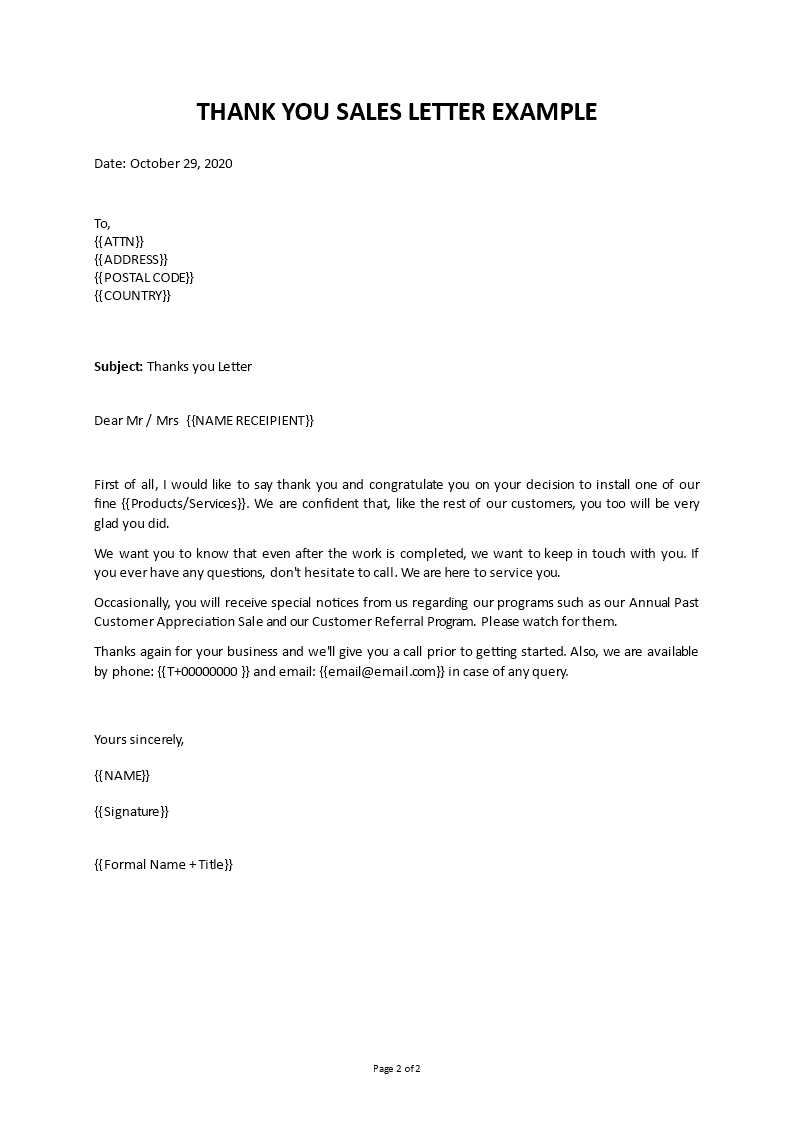
Start with a powerful hook. Your opening sentence needs to grab attention right away. Focus on a key pain point or an immediate benefit that your product or service addresses. The quicker you get to the point, the better. Avoid fluff and aim to make the reader think, “This is exactly what I need.” A direct, clear approach works best here.
Crafting an Irresistible Offer That Converts
Your offer should speak to the reader’s needs, highlighting how it solves a problem or fulfills a desire. Instead of listing features, show how these features translate into value. Focus on the outcomes that matter most to the reader. Consider adding a time-sensitive element, such as a limited-time discount or exclusive bonus, to increase urgency.
Establishing Trust: Building Credibility in Your Letter
Trust is key in any sales letter. Use social proof like testimonials or client success stories to back up your claims. Share any relevant credentials or achievements that can position you as an expert. Include any guarantees or risk-reduction elements to reassure the reader that they’re making a safe decision.
Master the Call-to-Action. Your call-to-action (CTA) should be clear and compelling. Be specific about what you want the reader to do next–whether it’s scheduling a consultation, making a purchase, or signing up for a free trial. Use action-oriented language, like “Get started now” or “Claim your discount,” and create a sense of urgency when appropriate.
Select the Right Tone and Language for Your Audience. Tailor the tone of your letter to match the personality and needs of your target audience. For example, if you’re selling to a corporate audience, you might use a more formal, professional tone. For a younger, more casual audience, a friendly and conversational tone could be more effective. Stay consistent throughout the letter to maintain engagement.
Final Steps: Proofreading and Testing. Before sending out your sales letter, take time to proofread. Look for spelling and grammar mistakes, but also check the clarity of your message. Test different versions of your letter, such as changing the CTA or the subject line, to see which yields better results. A/B testing can provide valuable insights for improving future campaigns.